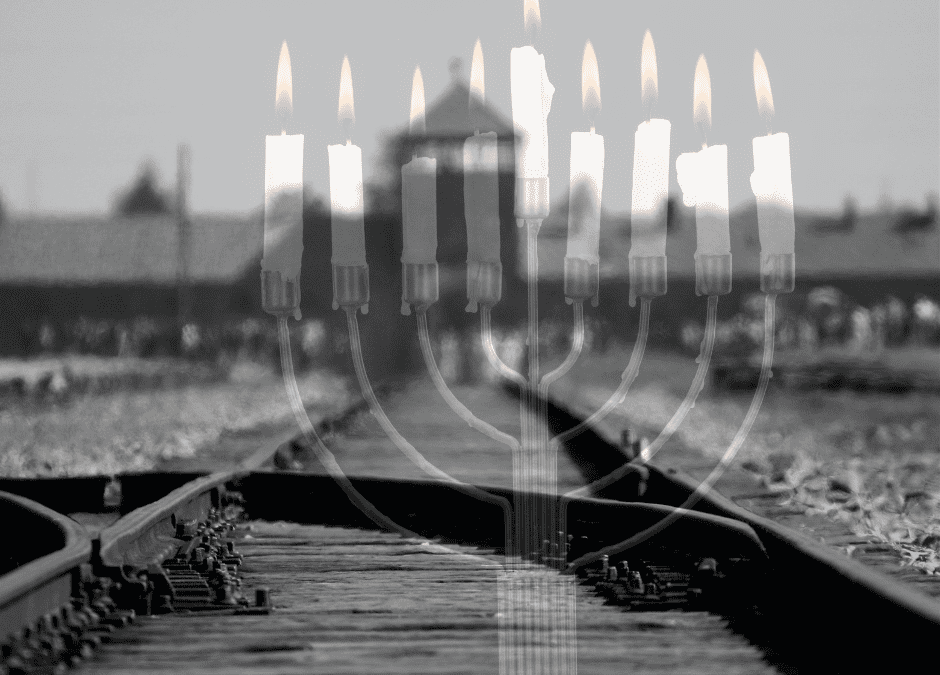It’s easy to celebrate when everything is hunky dory, but when everything in our world is turned upside down, celebrations become almost nonexistent. That’s what happened to Jews who were taken to prison camps. Because of their imprisonment in the concentration camps and the restrictions that were placed on them by the NAZI regime, they had to give up their joyful traditions. But a few dared to buck the system and reinstate reminders of their religion and culture. That became miracles in their midst. One was an ornately carved menorah to light at Hanukkah.
This particular miracle took place in Theresienstadt, a concentration camp, located in Bohemia and Moravia (German-occupied Czech lands). Almost one-fourth of all inmates died from disease or starvation. Despite the challenges and overwhelming oppression, someone stole a large block of wood from the Nazis who were running the camp. They found a way to carve it and turn it into a Hanukkah with nine candle holders and a Star of David. They had a centerpiece for celebrating Hanukkah, the holiday of light, even in the darkness of the prison camp.
The Terezin miracle wasn’t the only one. Other Jews in other camps found ways to celebrate as well. Many found ways to light a flame by saving scraps of fat from their food and use loose threads to form makeshift candles. In their creativity, they were able to use carved raw potatoes as candle holders and they took a wooden shoe and turned it into a children’s dreidel.
In other camps, inmates took wood and aluminum foil, and using grease and cotton wicks, created their own candles and menorahs. Their bodies may have been held captive, but their spirits were not in chains.
Later, similar miracles took place in the German Landsbergh/Lech displaced persons camp. Some of the Jews created a Hanukkah lamp out of cartridge scraps and shell casings. It was dedicated to U.S. Commander-in-Chief, General Joseph T. McNarney, with the Hebrew inscription, “A great miracle happened there.”

